Student creative
Dorine Bessière was one of three Student Creatives in the academic year 2016 / 2017. The aim of the initiative was to offer all students at the AUB an opportunity to create work inspired by the MoDiP collection. This could be in any discipline with any creative outcome from physical art work to film or acting production. The MoDiP collection and / or the museum's practices had to be at the heart of the project and the work needed to be displayed either physically or digitally after a period of 20 weeks. A small bursary was provided to assist with material costs during the project and the remainder was paid on completion.
The resident was expected to keep the MoDiP team updated with progress reports on a regular basis either through email or face-to-face. They were also expected to write three blog posts during the process which follow below. The project not only helped MoDiP work closely with an AUB student, it gave the student a live brief and an opportunity to demonstrate their professional practice beyond their academic requirements.
Dorine's first blog post
I am an MA Commercial Photography student specialising in still life. Having studied photography, art and drawing for several years in Paris I wish to propose to the MoDiP museum a project about photographic and illustrative still life composition and colour. I intend to use plastic toys from the collection to inspire a series of illustrative pictures based on the theme of The Game.
I plan to use one colourful and playful object per picture. I intend to start from a photograph that I will then paint numerically on, using the Photoshop software. I also wish to reinterpret a realistic image and high quality picture by simplifying the colour's surface through a numerical treatment. In this work I will challenge the visible. The objective is to simplify the reading of the image removing details. Through these highly graphic and colourful images I will highlight the significance of plastic as a material and in turn MoDiP's collection.
Moreover, this body of work created especially for MoDiP would be closely related with my ongoing projects and research made through my MA work at AUB. As childhood is a recurrent theme in my work, I will question the concept of the game but also how it is played. As photographing still life is for me a game, I am constructing and deconstructing my set and working on my own as a child discovering my environment.
Here is an example of the kind of work I may produce:
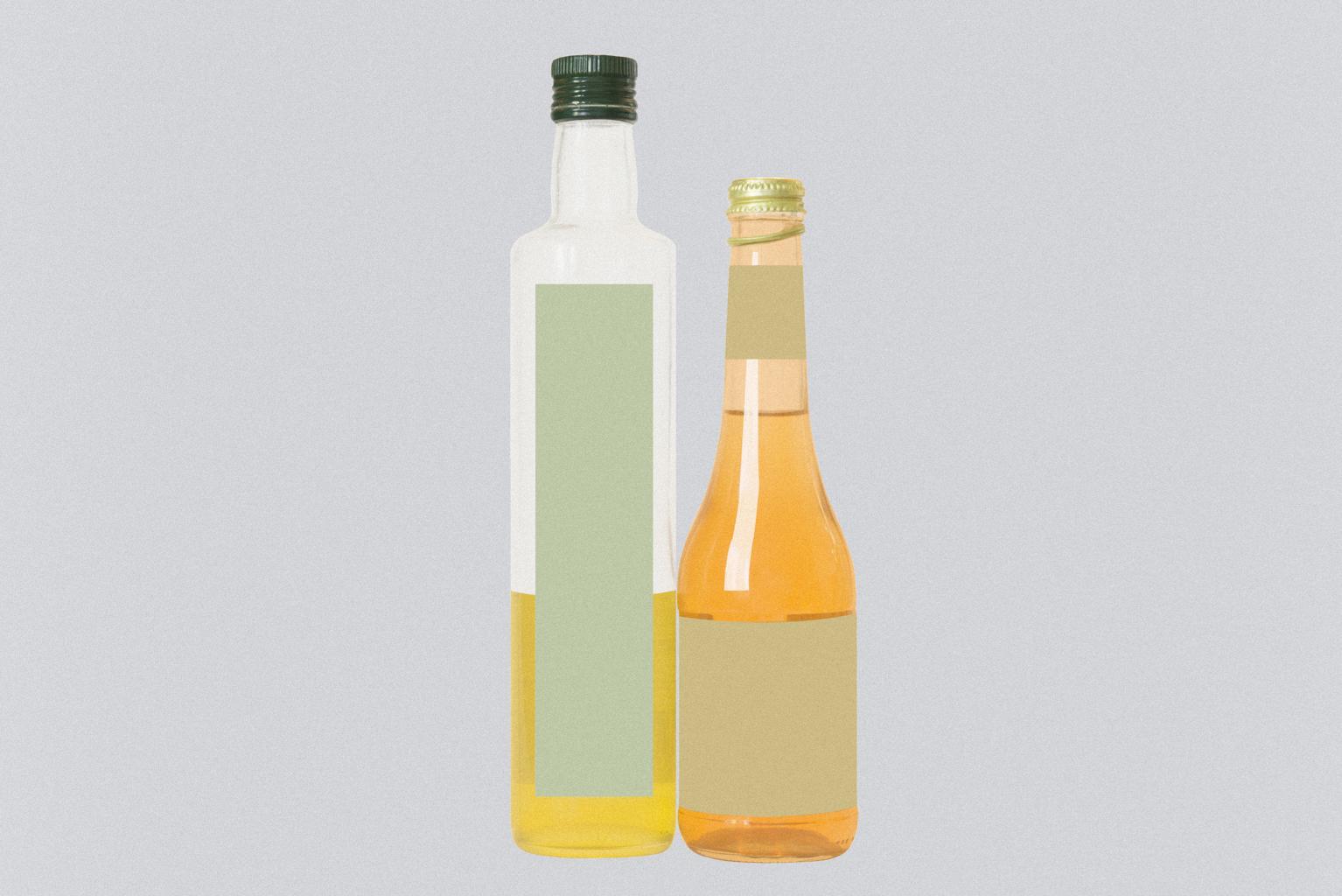
Dorine Bessière, Oil and Vinegar
Dorine's second blog post - Midpoint progress
Having started to focus my researches on the theme of the game, I went through the collection and chose different plastic toys that could have a link between each other. I wanted my project to be based on my theoretical researches about toys but also to question the concept and the use of these objects using the photographic medium, creating illustrative still life composition and colour.
I do believe that toys are a wonderful tool that can be used to talk, express, attract and educate. As a marker in time, toys can define and target different generations of people. They have a tremendous emotional connection with your deep inside. They remind you of the formative years of your life and who you were going to be and thus creates nostalgia. They represent a time of great imagination but also the innocence without the worries that come with adulthood such as money, work, the potential turmoil of a relationship etc. This is why photographing toys would be, in my opinion quite powerful.
According to what I have found and liked in the collection, I decided to narrow the research to toys used in water (water gun, beach ball. watering can in a friendly animal shape for kids to play with, bath toys…etc).
However, I was not satisfied enough with these objects. I decided to narrow again the selection by adding the keyword: "animals". I wanted to talk about the plastic waste in the ocean and how it affects animals and indirectly us as fish eat plastic and we eat fish…
Indeed, plastic made of oil is a great invention by being cheap, flexible, friendly and very solid…but it is also a pollutant material, very difficult to recycle, and creates many environmental issues.
After researching, creating mood boards and sketching my ideas, I realised that my project was not strong enough.
I decided to start over by focusing on something different: plastic consumption. Have you ever thought about how many toothbrushes you have bought and how many you will throw away in your life? Through my project, I am going to question our use and consumption of plastic.
In order to achieve this goal, I have selected to photograph disposable objects from our everyday life that are manufactured, bought, used and thrown away in mass quantities (toothbrushes, razors, bottles, straws, pens, lighters…etc).
By accumulating them in pictures I wish to awake the viewer's eye and mind.
Drafts:
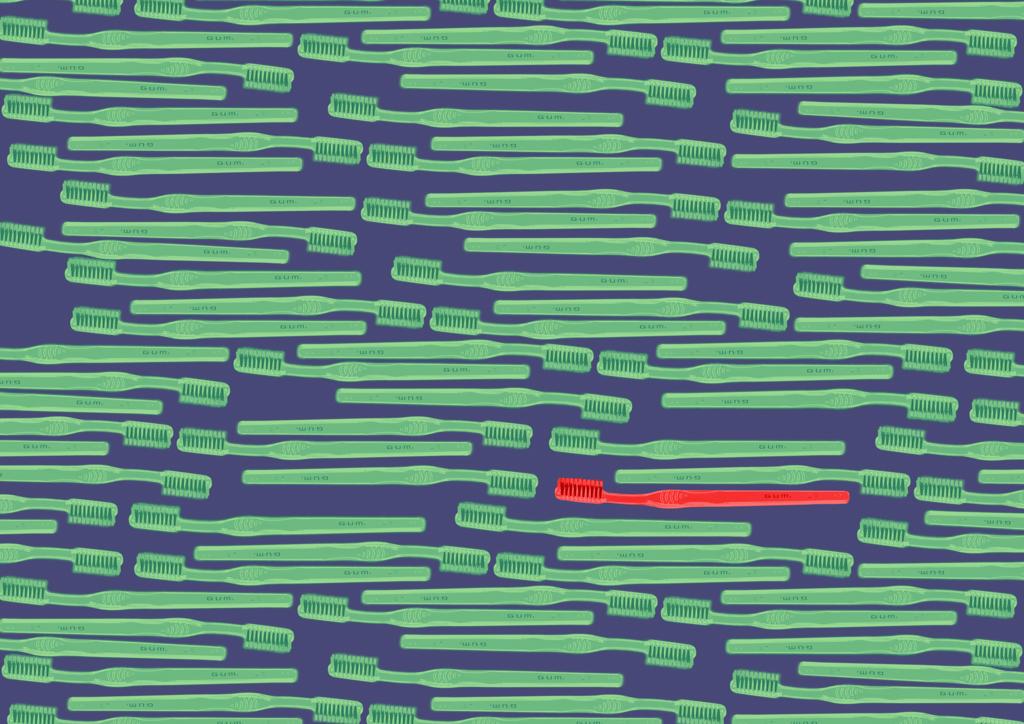
Dorine Bessière. (2017). Toothbrushes. Test 1.
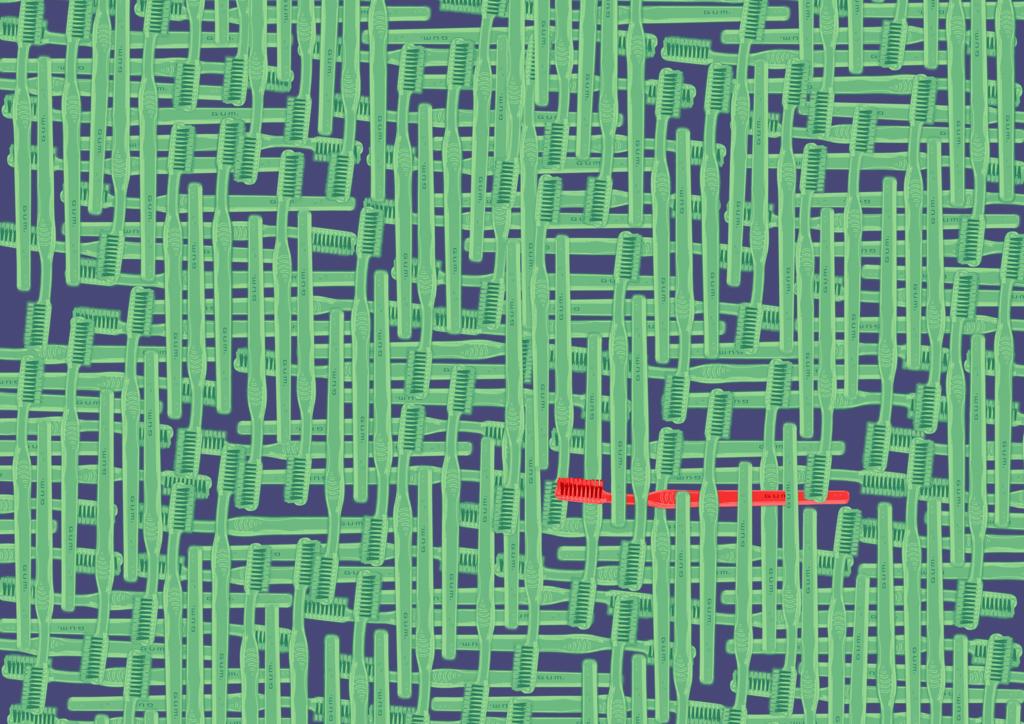
Dorine Bessière. (2017). Toothbrushes. Test 2.
Dorine's final blog post - MoDiP project review
My exhibition called "A Plastic Life" is now up and will run for a few weeks.
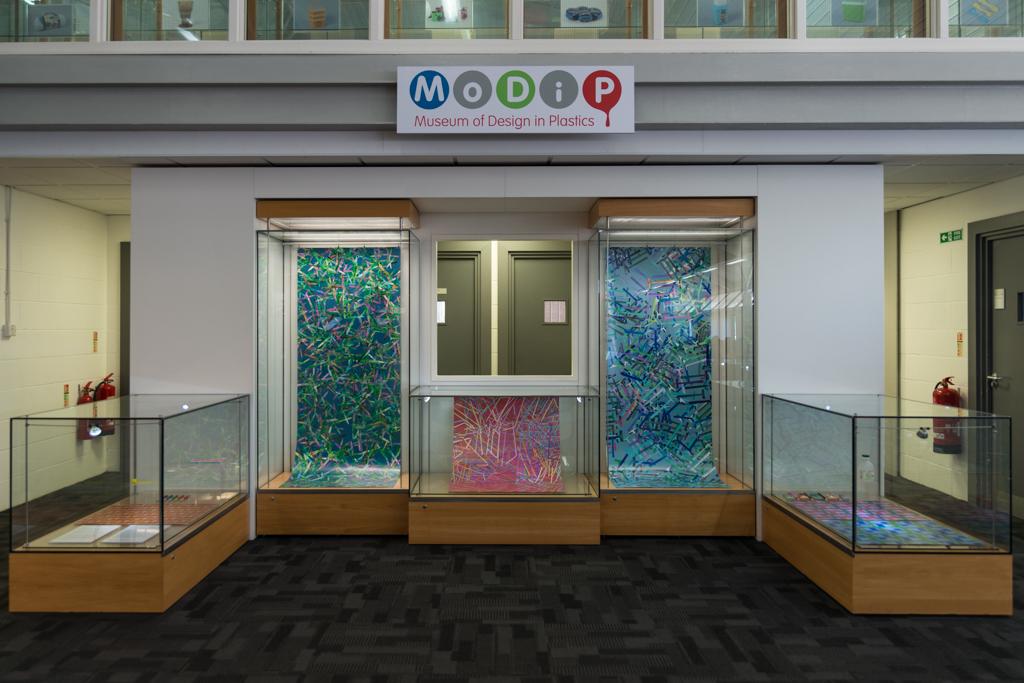
Dorine Bessière. (2017). A Plastic Life. Exhibition.
Several disposable objects from the museum's collection have been selected to be photographed on a white background such as pens, plates, cutlery, straws, lighters, razors, coffee cups, toothbrushes, milk and soda bottles… However the ones that retain my attention are the following:
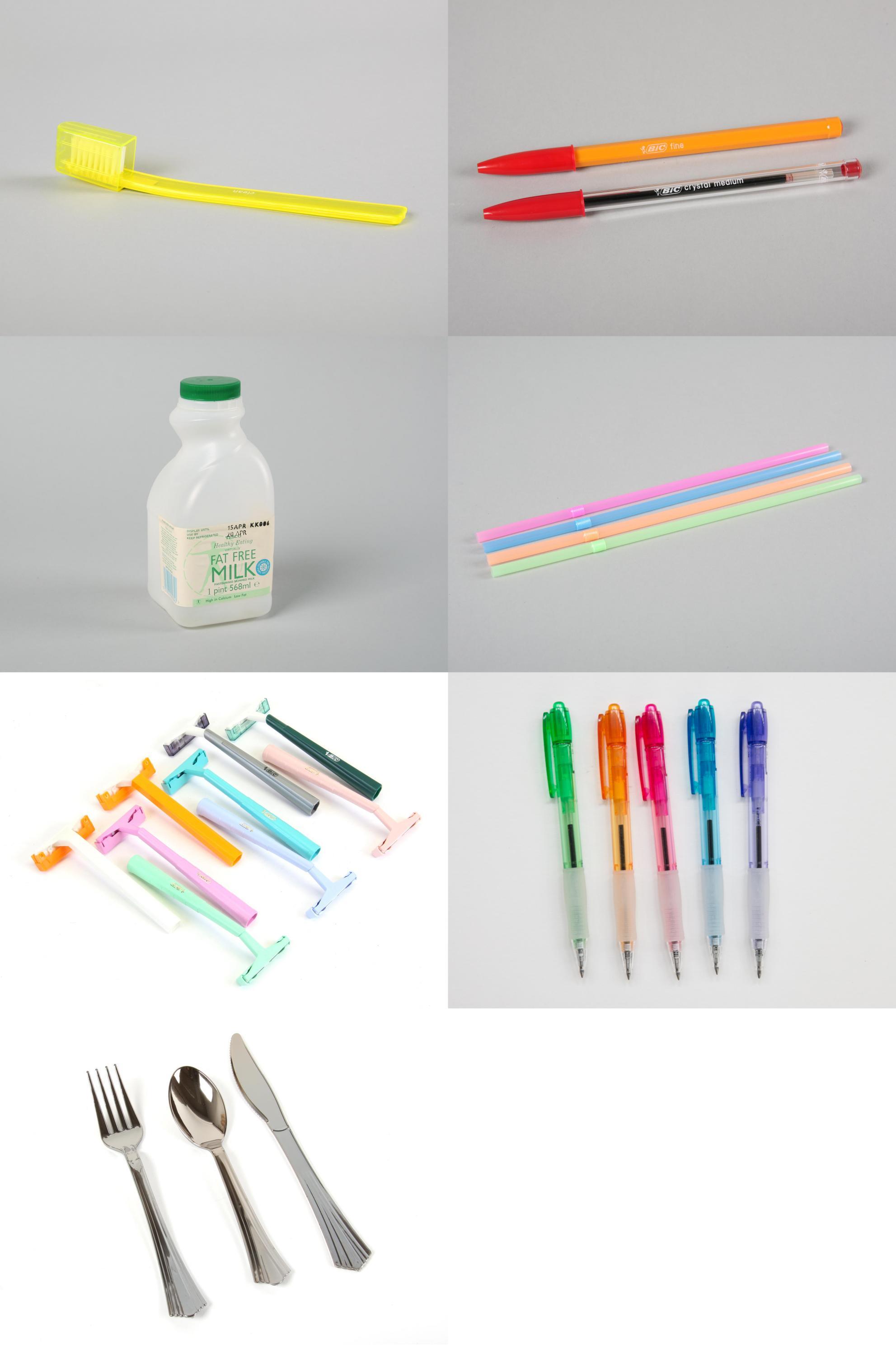
Through the Photoshop software I have been cutting out each objects one by one in order to create different repetitive patterns. After a few experimentations I could see that some were more pleasant than others to the eyes. Indeed depending on the shape of the object photographed, the pattern arrangement was more or less enjoyable.
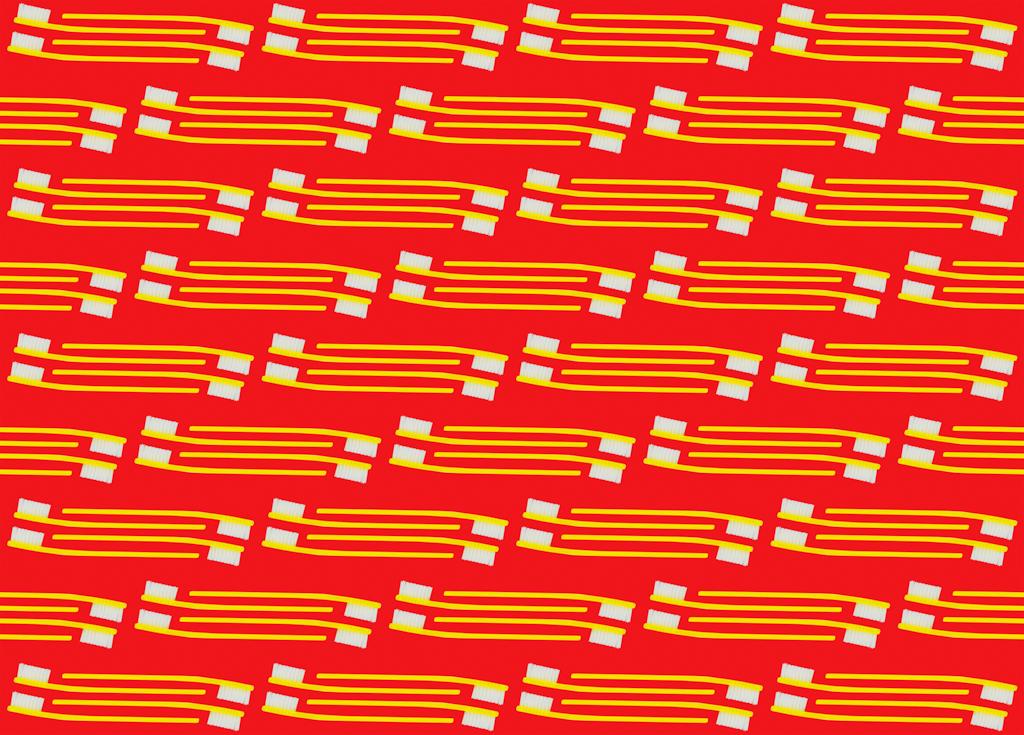
Dorine Bessière. (2017). Toothbrushes.
Pens Experimentations
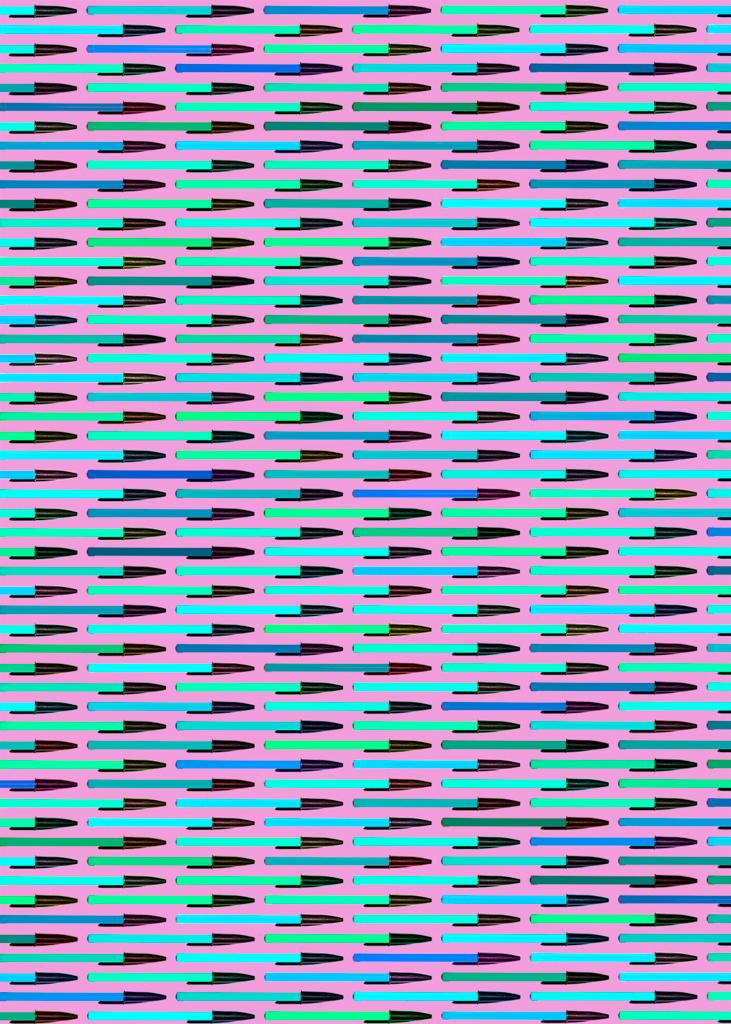
Dorine Bessière. (2017). Pen experiment.
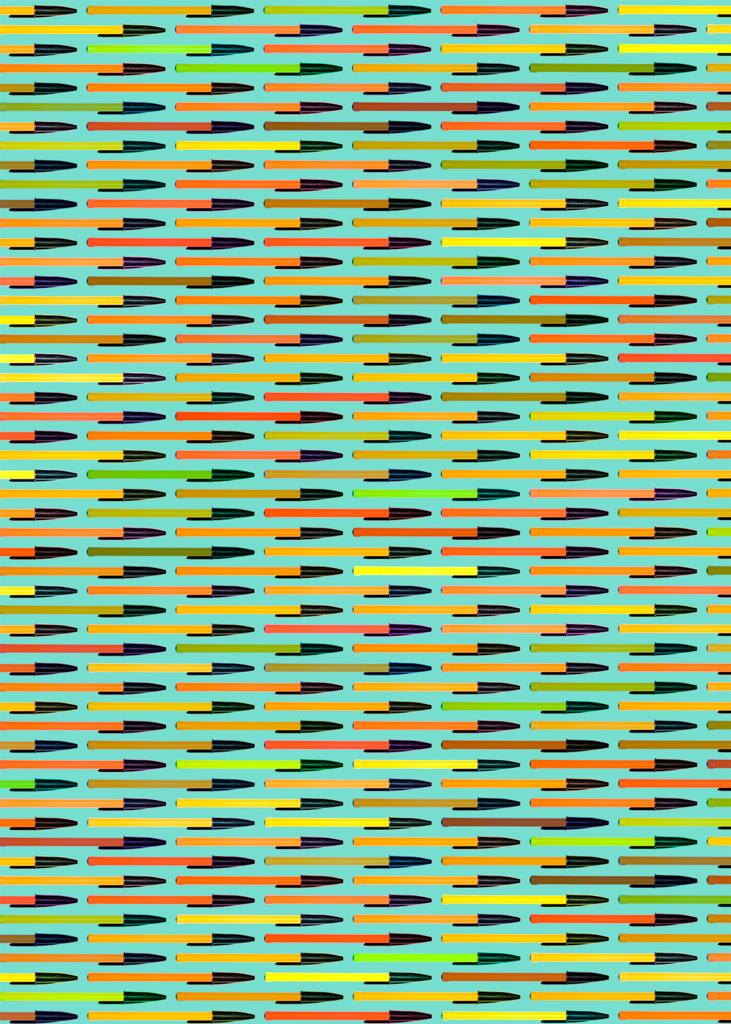
Dorine Bessière. (2017). Pen experiment.
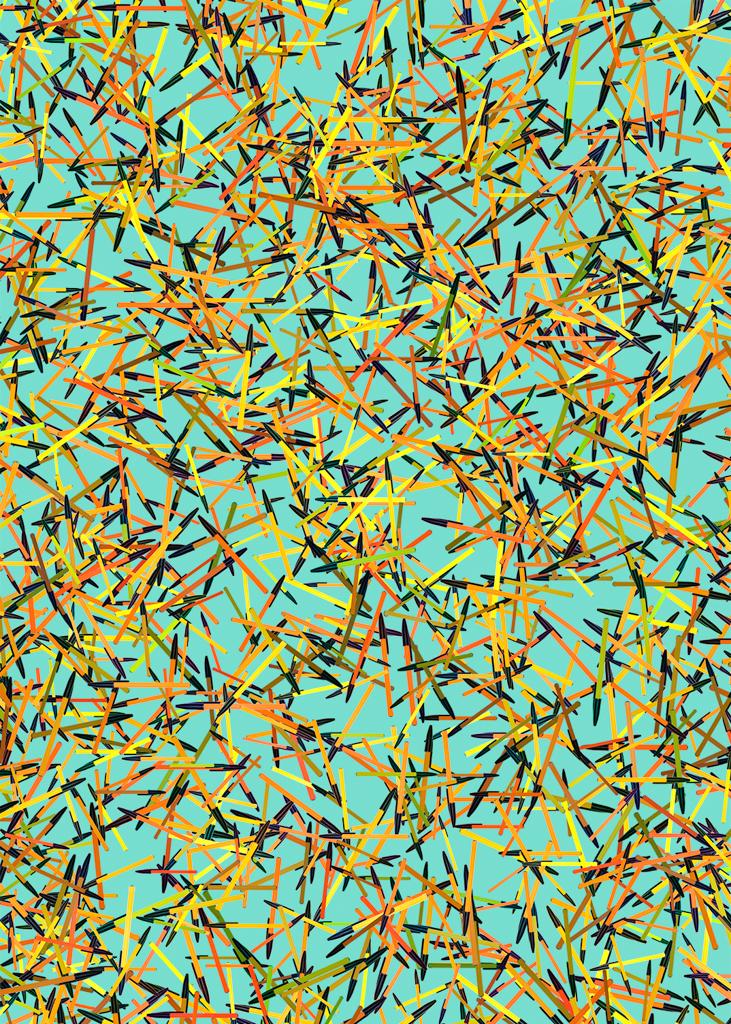
Dorine Bessière. (2017). Pen experiment.
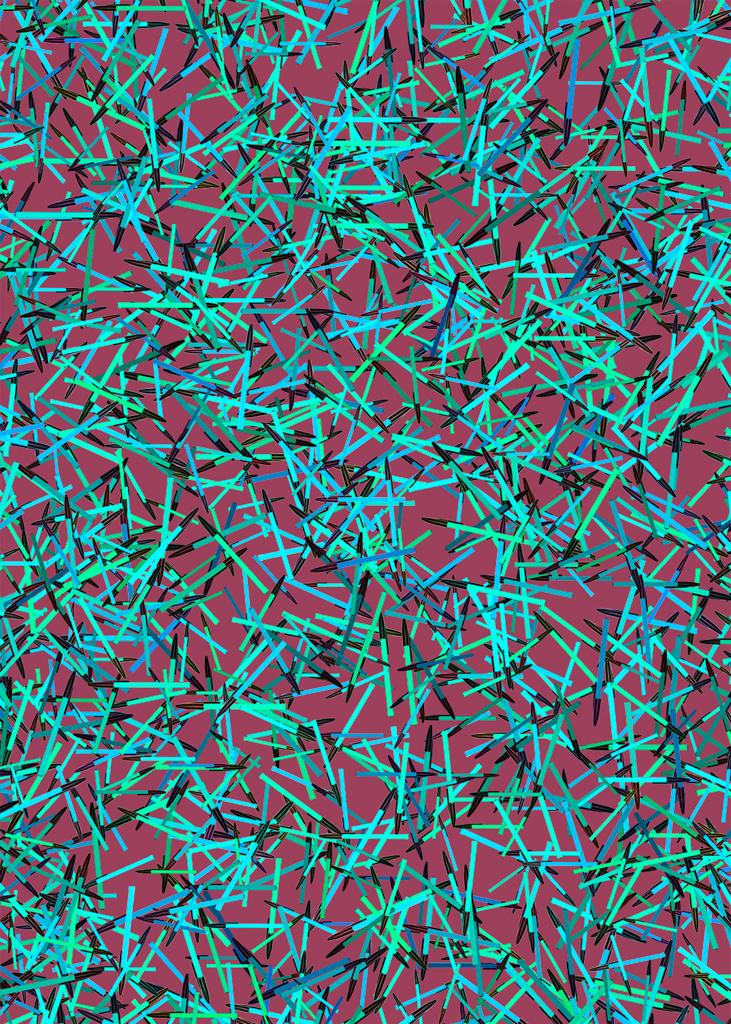
Dorine Bessière. (2017). Pen experiment.
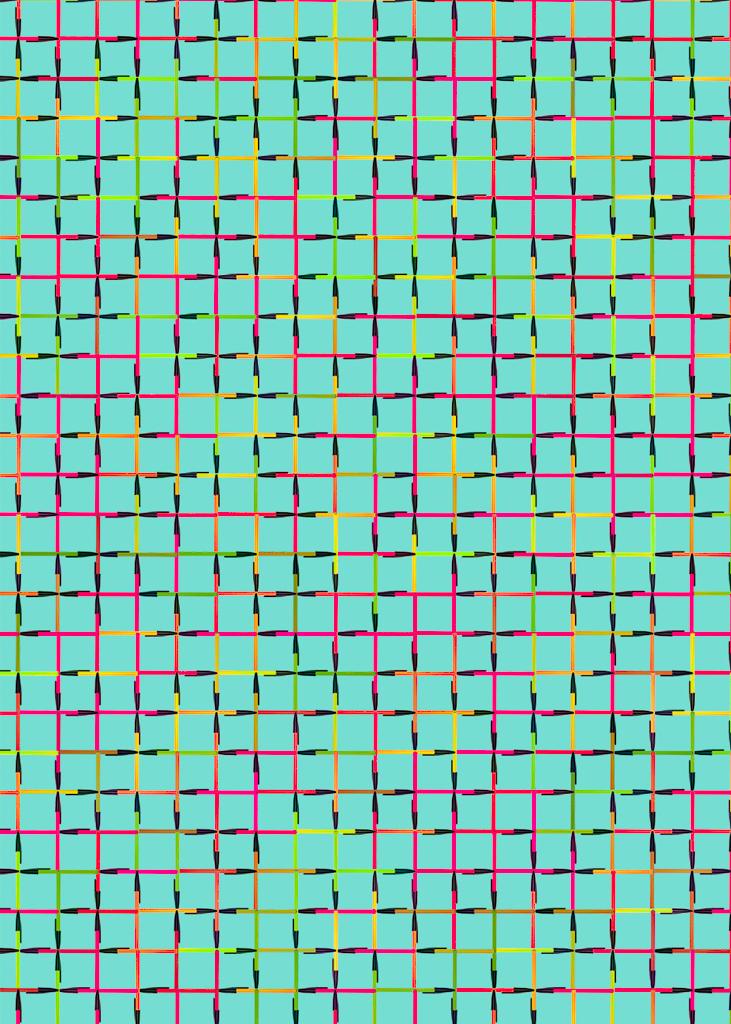
Dorine Bessière. (2017). Pen experiment.
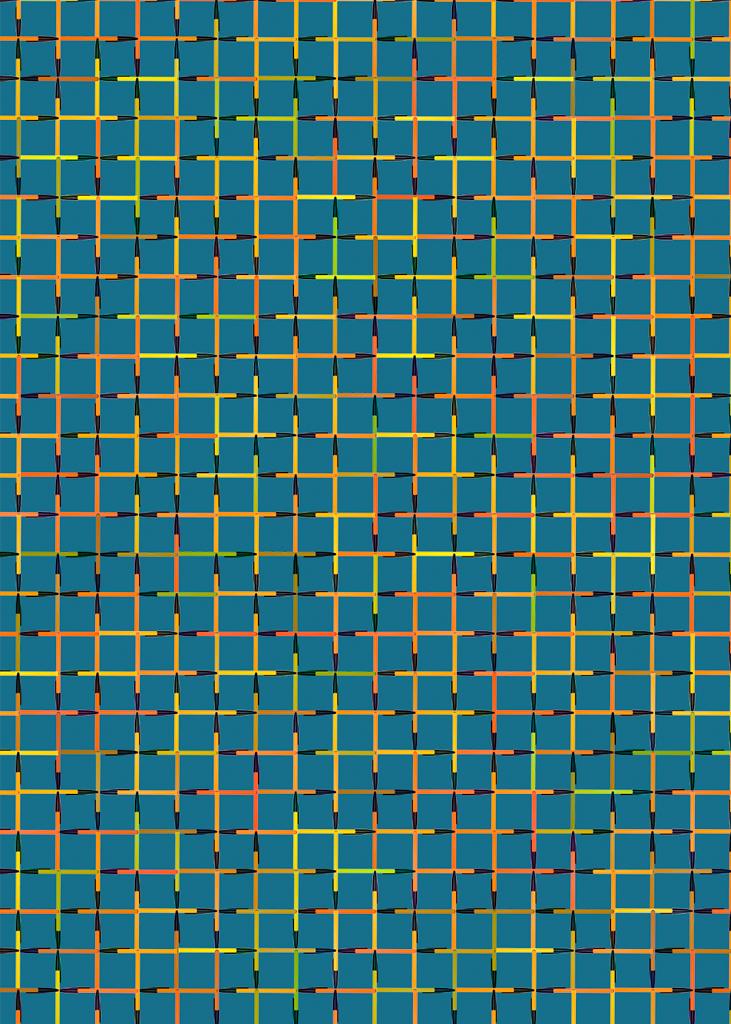
Dorine Bessière. (2017). Pen experiment.
Cutlery
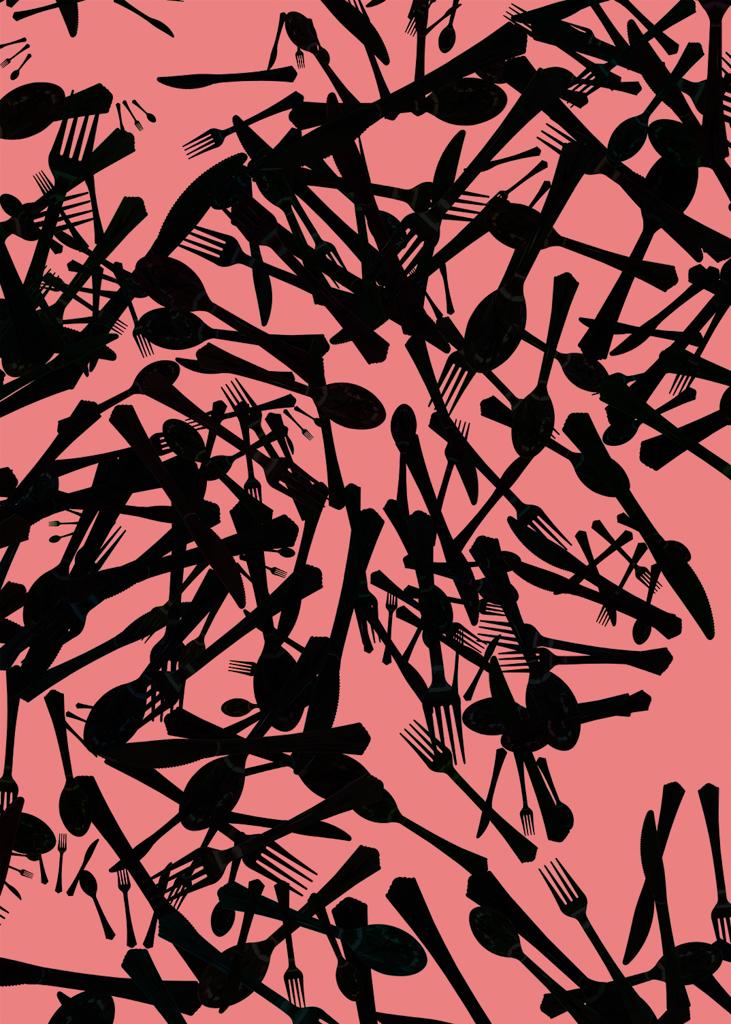
Dorine Bessière. (2017). Cutlery.
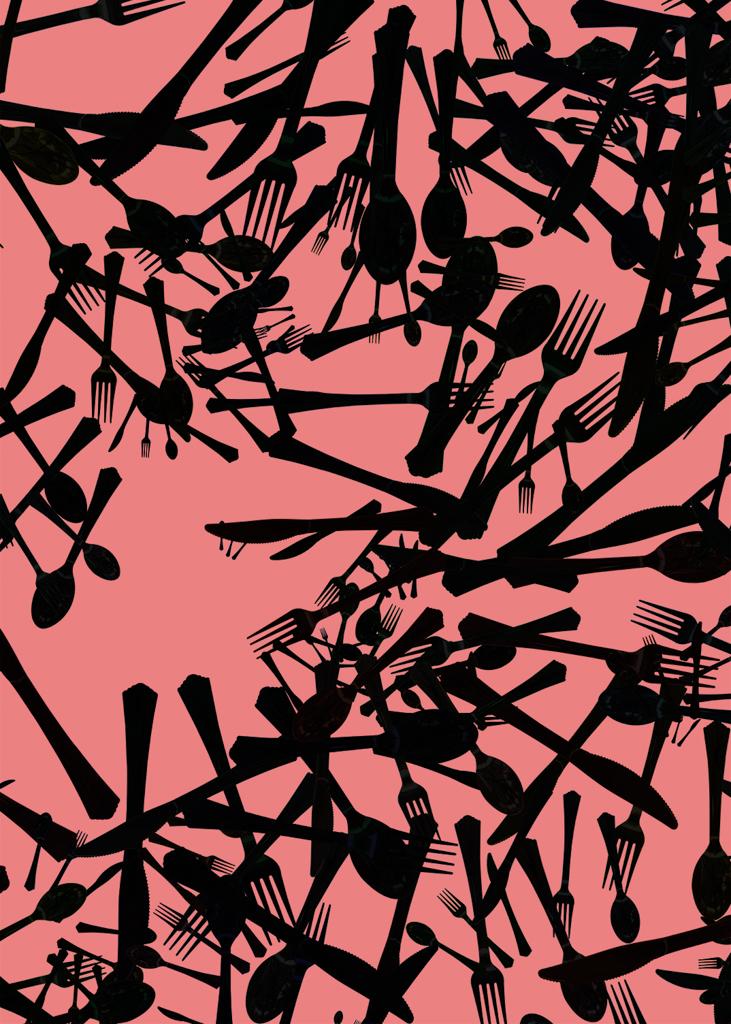
Dorine Bessière. (2017). Cutlery.
At this point I also needed to start thinking about how to display my work in the museum for the exhibition. I was given five cabinets to fill, two were vertical and three were horizontal. I continued to experiment by rethinking the format used.
Straws
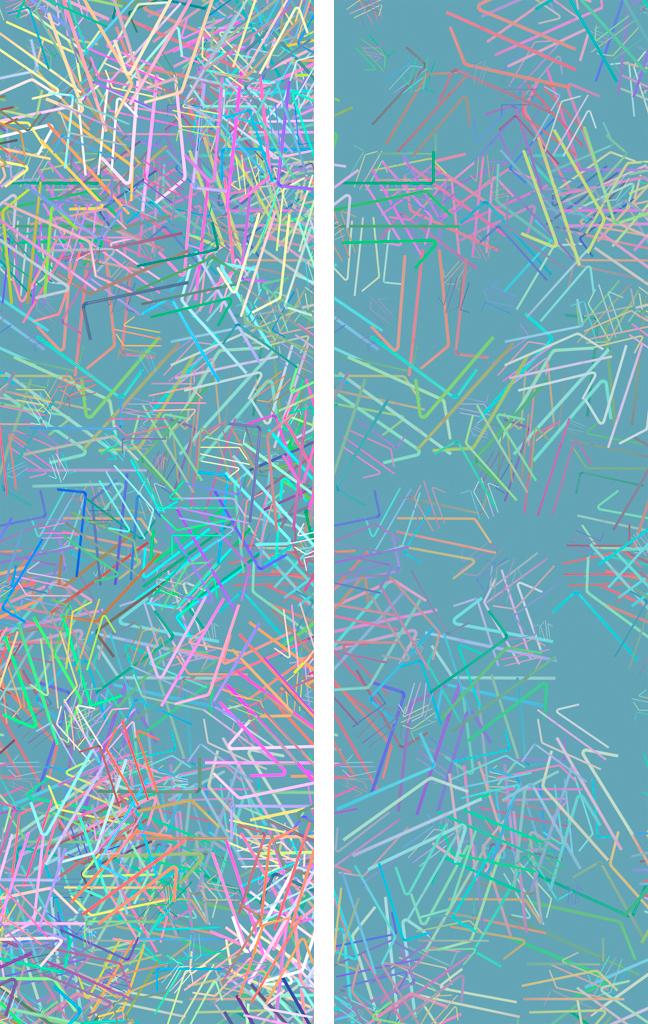
Dorine Bessière. (2017). Straws.
Milk bottles
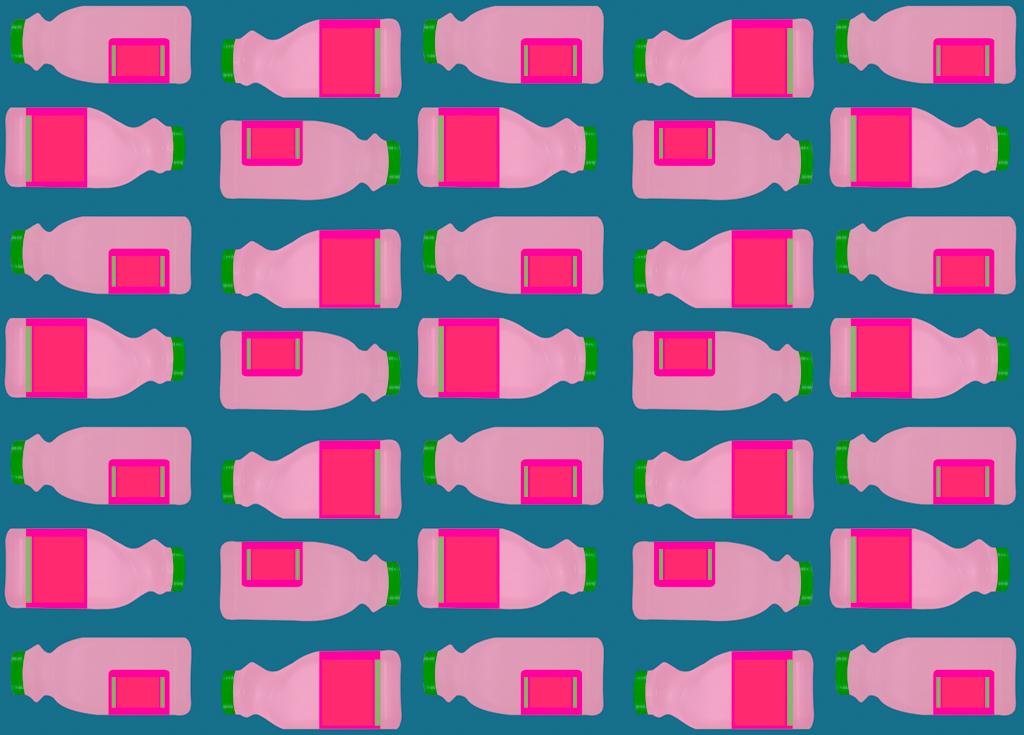
Dorine Bessière. (2017). Pink Milk Bottles.
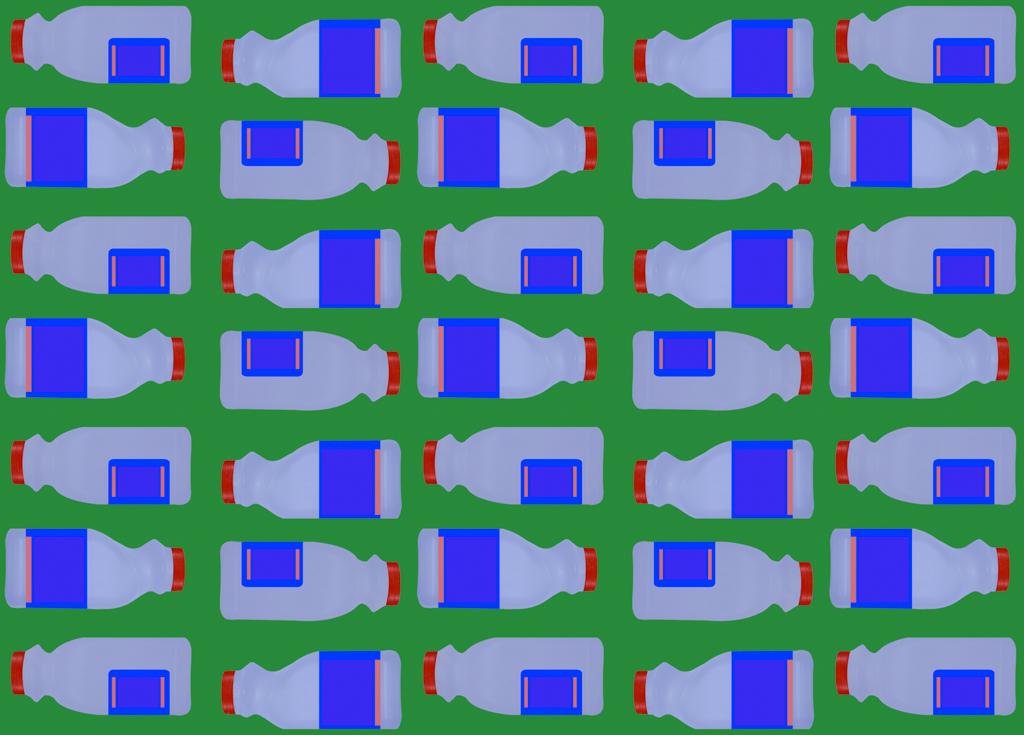
Dorine Bessière. (2017). Blue Milk Bottles.
In order to fill up the five museum cabinets properly for the exhibition, I decided to print three of the pictures horizontally and three others vertically.
I have chosen to focus on two individual objects (yellow toothbrush, milk bottle) and three sets of objects of different colours (razors, straws, pens).
Spending a lot of time playing around with format and colours, I decided that the toothbrushes would work well on its own (filling the horizontal left tank), whereas the milk bottles would work as a diptych (filling the horizontal right tank) and the messy razors, straws and pens would work well as a triptych (filling the three central vitrines).
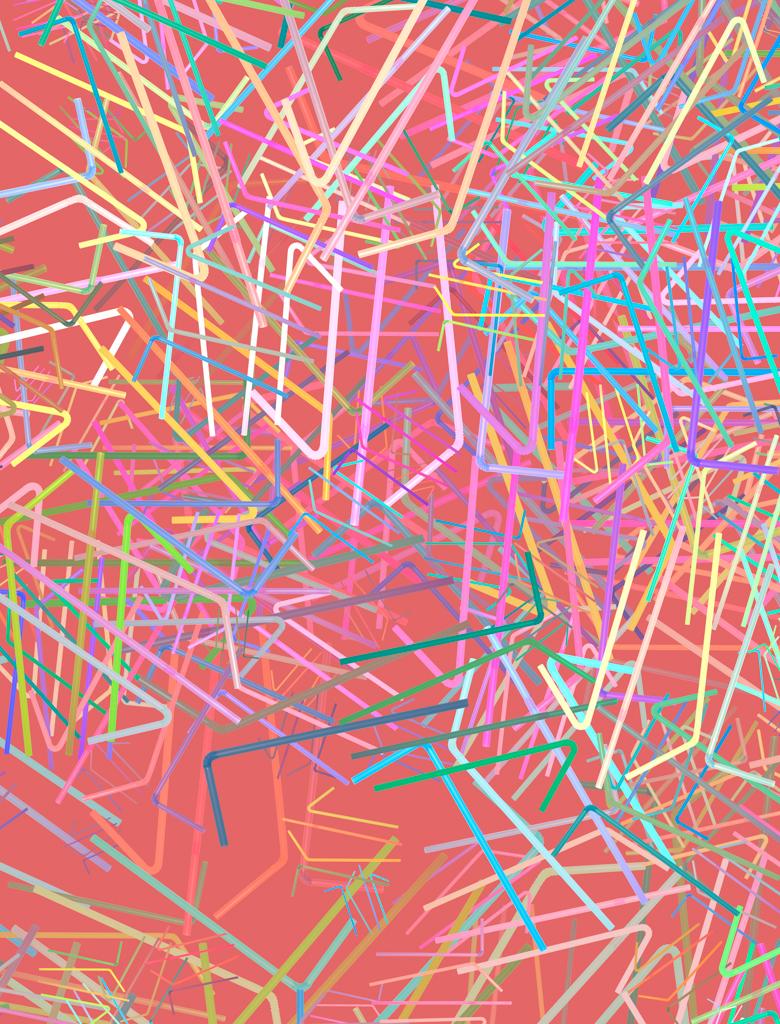
Dorine Bessière. (2017). Straws.
The research around the plastic material and our massive consumption of it nowadays was a really interesting topic to explore. Furthermore, working in collaboration with the Museum of Design in Plastics was a great opportunity for me to undertake as a live project. I would definitely recommend the experience.
Through this eye-catching project I believe that the message I tried to communicate was well received. Indeed the viewer from far away sees only several patterns and it is only after you step closer to the pieces that you are able to recognised the objects, realising what the patterns are made of.
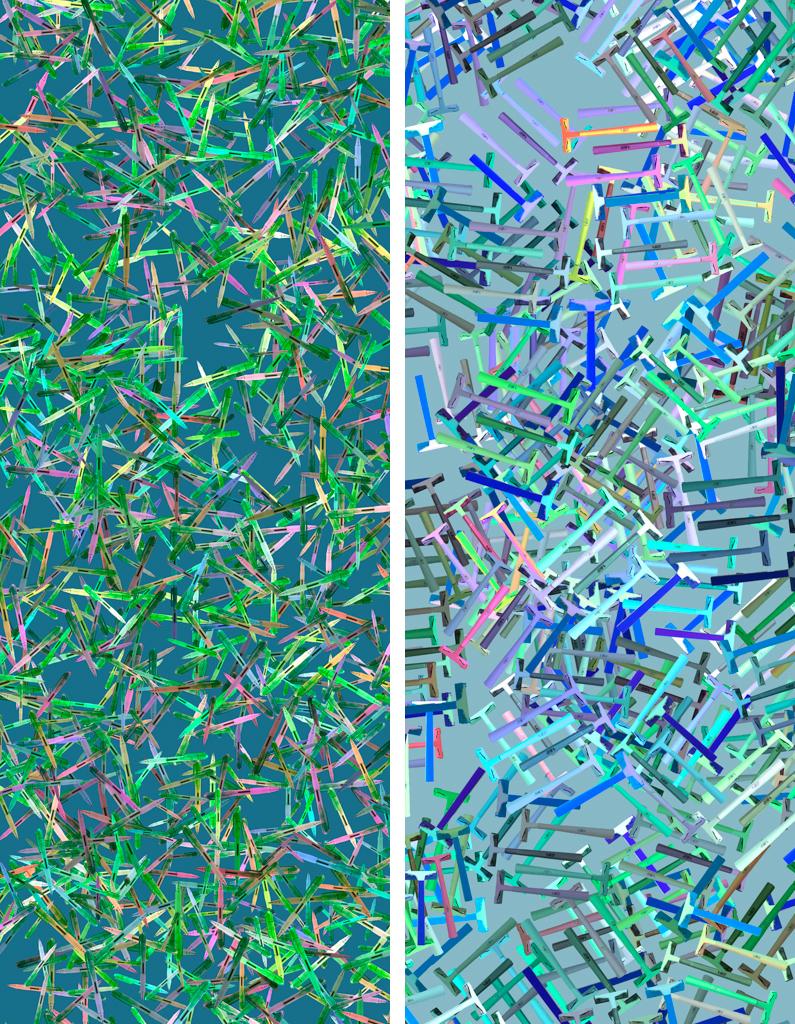
Dorine Bessière. (2017). Pens. Dorine Bessière. (2017). Razors.
